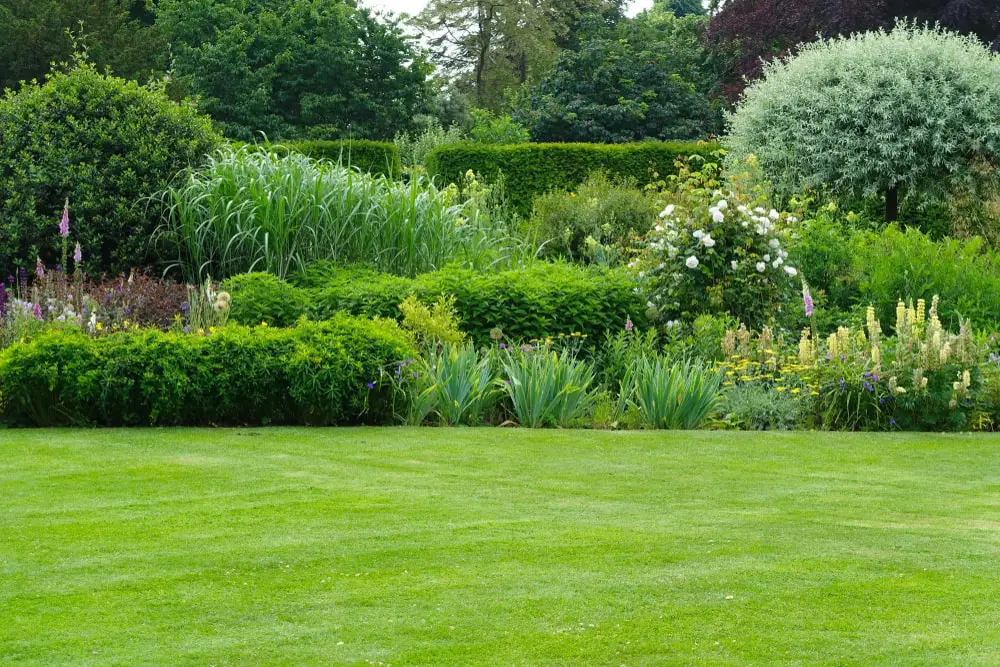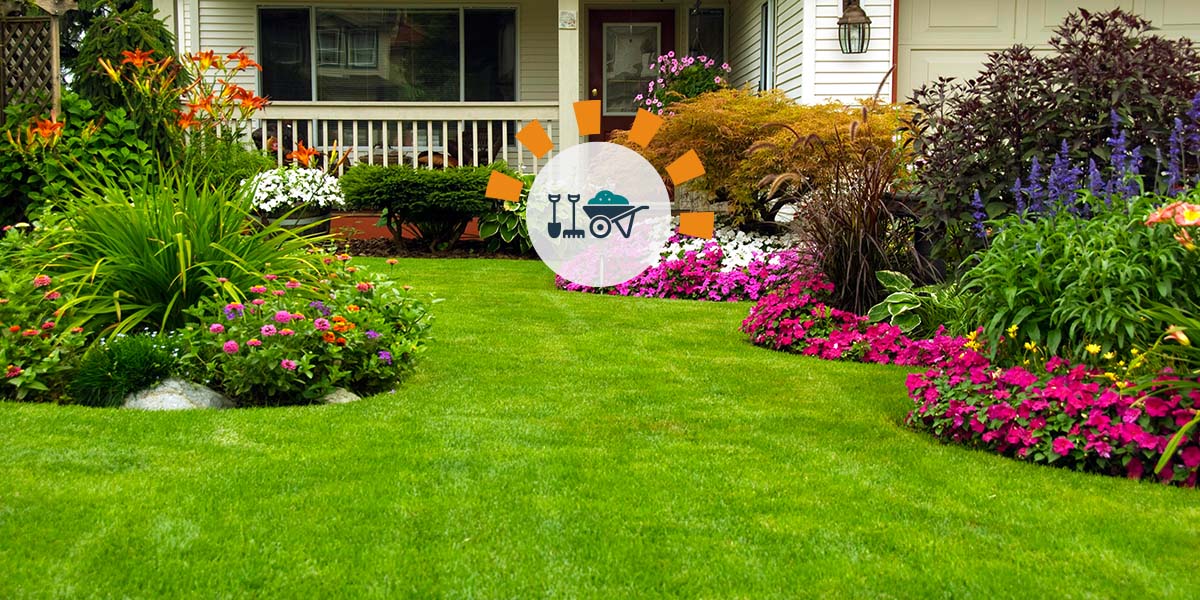Benefits of Employing a Trusted Landscaping Company for Your Outdoor Task
Benefits of Employing a Trusted Landscaping Company for Your Outdoor Task
Blog Article
The Ultimate Guide to Lasting and Lovely Landscape design
In a period where ecological problems are paramount, the pursuit of lasting landscape design offers a distinct chance to balance charm with environmental duty. By accepting concepts such as the option of indigenous plants and the application of effective water conservation strategies, property owners can create aesthetically appealing spaces that also add to the well-being of local communities.
Principles of Lasting Landscape Design
The essence of sustainable landscaping depends on its dedication to ecological stewardship and resource conservation. By incorporating eco-friendly concepts right into landscape design, practitioners can develop areas that are not only aesthetically pleasing yet additionally helpful to the atmosphere. This method stresses the value of utilizing resources efficiently, lowering waste, and promoting biodiversity.
Key concepts of sustainable landscape design include minimizing water usage through reliable irrigation strategies and making use of permeable products that help with water seepage. Soil wellness is likewise paramount; techniques such as composting and mulching boost dirt structure and fertility, consequently decreasing the demand for chemical fertilizers.
An additional fundamental aspect is the assimilation of local ecological communities, which can be achieved via responsible plant option and environment development. This urges the presence of valuable wildlife, such as pollinators, which add to the ecological balance.
Finding Native Plants
Choosing indigenous plants is important for creating a sustainable landscape that prospers attuned to the local atmosphere. These plants have actually adapted to the local environment, soil, and wildlife, making them low-maintenance and resistant. By choosing types that are aboriginal to your area, you can decrease the requirement for plant foods, chemicals, and extreme watering, thereby saving resources and minimizing environmental effect.
Native plants additionally give important habitat for regional wild animals, consisting of birds, bugs, and various other pollinators. This biodiversity cultivates a well balanced ecosystem, which can help manage insects normally and advertise healthy and balanced dirt. Furthermore, native plants frequently have deep root systems that assist with dirt stablizing and erosion control, improving the general health and wellness of your landscape.
When selecting native plants, take into consideration factors such as the local climate, soil type, and sunshine direct exposure in your yard. Regional nurseries or conservation companies can give beneficial understandings and resources to help you recognize appropriate varieties. By focusing on native plants in your landscape design, you add to eco-friendly conservation while delighting in a stunning, sustainable yard that calls for less upkeep and sustains neighborhood wildlife.
Water Conservation Strategies
Carrying out effective water preservation strategies is crucial for lasting landscape design, particularly in regions vulnerable to drought or water scarcity. One fundamental method is the application of drip watering systems, which deliver water straight to the root areas of plants, reducing evaporation and drainage. This targeted method not just saves water but likewise promotes much healthier plant growth.
Mulching is an additional effective strategy; organic composts, such as wood chips or straw, assistance keep dirt moisture, subdue weeds, and regulate dirt temperature level. Additionally, incorporating rainfall yards can catch and filter rain runoff, improving groundwater recharge while giving a cosmetically pleasing function in the landscape.
Utilizing xeriscaping principles is additionally advantageous. This technique entails creating landscapes that call for very little watering by picking drought-resistant plants and grouping them according to their water needs. Carrying out rain harvesting systems can considerably minimize dependence on municipal water materials. By gathering and making use of rainwater for irrigation, house owners can maximize their water use.
Last but not least, routine upkeep techniques, such as examining for leakages and readjusting watering timetables based upon seasonal climate adjustments, better add to reliable water preservation. These techniques collectively promote a sustainable, lovely landscape that appreciates our valuable water resources.
Eco-Friendly Products and Practices
A variety Read Full Report of environmentally friendly materials and practices can significantly boost the sustainability of landscaping jobs. Utilizing indigenous plants is a basic method, as they require less water, plant foods, and chemicals, promoting biodiversity and decreasing maintenance initiatives. Integrating permeable paving products enables much better water absorption, reducing overflow and promoting groundwater recharge.
Redeemed or recycled materials, such as blocks, stones, and timber, can be creatively used in borders, wall surfaces, and paths, lowering the demand for new sources. Furthermore, sustainably sourced mulch, like timber chips or straw, works as an exceptional ground cover that helps preserve wetness and subdue weeds.

Composting organic waste and using natural plant foods not only improve the dirt however also reduce the dependence on chemical items. By integrating these environment-friendly products and techniques, landscape design tasks can accomplish both charm and sustainability, ensuring a harmonious connection with the environment while boosting the total charm of outdoor rooms.
Maintenance for Long-Term Health
Lasting landscaping prospers on recurring upkeep practices that make sure the long-term wellness of both ecosystems and plants. Routine care not just boosts aesthetic allure but additionally promotes environmental balance, fostering durability versus insects and conditions.
One trick element of upkeep appertains watering methods. Applying drip irrigation or rainwater harvesting systems preserves water while providing adequate wetness to plants. In addition, mulching helps keep dirt dampness, subdue weeds, and enhance dirt health.
Soil monitoring is crucial; regular testing can determine nutrient shortages, enabling for the application of natural plant foods or garden compost - Landscaping. This enhances dirt framework and urges helpful microbial task

Last but not least, integrating indigenous plants into your landscape decreases upkeep demands and promotes neighborhood biodiversity. Landscaping. Indigenous species are well-adapted to regional problems, needing much less water and fewer chemical inputs
Verdict
Finally, sustainable and beautiful landscaping is attained via the thoughtful integration of indigenous plants, reliable water conservation strategies, and green products. These techniques not only boost the visual appeal of outdoor atmospheres but additionally foster biodiversity and promote soil health and wellness. By prioritizing environmental stewardship, landscapes can prosper, adding and sustaining neighborhood ecosystems to total ecological balance. Adopting these principles guarantees that outside areas stay lively and resistant for future generations.
By accepting principles such as the selection of indigenous plants and the execution of efficient water conservation strategies, homeowners can create visually attractive rooms that additionally contribute to the wellness of local communities.Executing efficient water conservation methods is necessary for sustainable landscaping, particularly in areas susceptible to dry spell or water scarcity. Utilizing indigenous plants is an essential practice, as they need much less water, plant foods, and pesticides, promoting biodiversity and minimizing maintenance efforts. Implementing drip watering or rain harvesting systems saves water while giving sufficient Find Out More moisture to plants.In verdict, attractive and lasting landscape design is attained through the thoughtful integration of indigenous plants, reliable water conservation techniques, and eco-friendly products.
Report this page